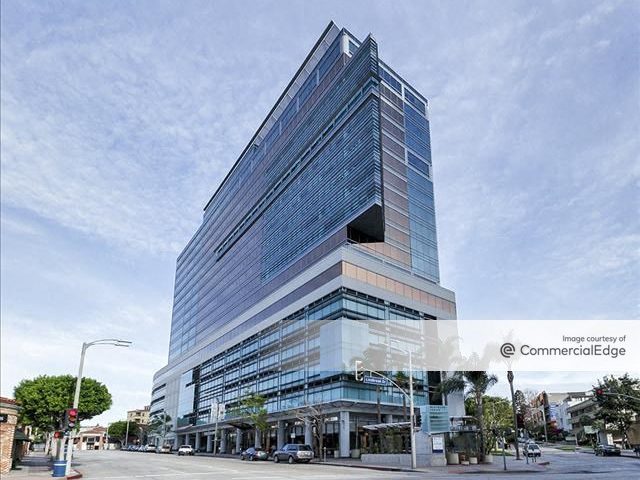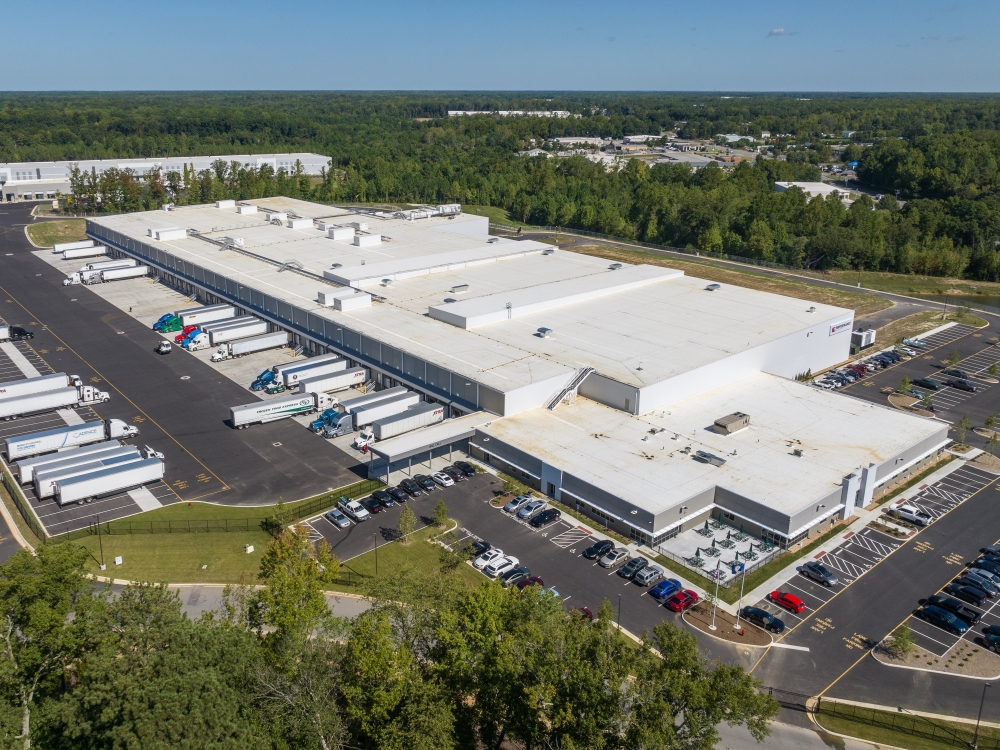Why Suburbs, Secondary CRE Markets Will Benefit From the Next Recovery
According to reports by Cushman & Wakefield and Marcus & Millichap, COVID-19 is bolstering a preexisting shift in commercial real estate away from core markets.
With experts anticipating that remote work will become a permanent part of the post-pandemic environment, the emphasis on suburban and secondary markets is increasing.
New reports from Cushman & Wakefield and Marcus & Millichap offer insights into how this shift away from the nation’s central business districts will evolve.
READ ALSO: CPE’s Coronavirus Coverage
The change in focus from the urban core to the suburbs emerged a few years ago. “Prior to COVID-19, demand for office space in U.S. suburbs was already outpacing CBDs,” according to the Cushman & Wakefield’s report Suburban Boom: How COVID-19 May Accelerate the Trend Already in the Making. “In 2019, 69 percent of Class A net absorption occurred in the suburbs, up from the 10-year average of 60 percent. Fueled largely by aging Millennials, the rebirth of the suburbs was already well underway.”
As noted in a segment in Cushman & Wakefield’s magazine, The Edge, while populations increased at a more rapid pace in the cities than in the suburbs from 2010 to 2016, beginning in 2017, the trend did an about-face. Before coronavirus, the change in focus on the suburbs had already made an impact on the office real estate sector. Vacancy rates have traditionally been much higher in the suburbs, as evidenced between 2006 and 2016, when the suburban rate averaged 16.3 percent compared to the CBD vacancy average of 13.3 percent. However, the gap began to narrow in 2015, and continued to do so in subsequent years.
In the first quarter of 2020, the suburban and CBD vacancy rates were 13.3 percent and 13 percent, respectively, according to The Edge.
Can’t blame the Boomers
Millennials have now overtaken Baby Boomers as the largest generation, currently numbering 72.1 million, and they are quite keen on the burbs, specifically walkable areas featuring amenities most often found in urban environments. In the Cushman & Wakefield report, the firm highlights that prime-aged working Millennials have been increasingly migrating to the suburbs, and with 50 million Millennials presently under the average buying age of 33, a large group of buyers will make an entrée into the housing market in just a few years. The groundswell will likely have an impact on the office sector, too.
“Just as businesses followed the labor force talent into cities, some are likely to follow them into the suburbs—particularly given the benefits of lower commute times, not to mention, lower rents,” according to the report. And in The Edge, Cushman & Wakefield adds, “The result is likely to be more demand for suburban office space, as companies seeking to attract and retain talent will see some benefit from locating at least a portion of their regional occupancy in the suburbs.”
While the Baby Boomers are no longer leading the way in the city-versus-suburbs debate, they will still influence the trend. Cushman & Wakefield notes that empty nesters in both the Baby Boomer and Gen X populations who are ready to downsize may also be drawn to walkable suburban communities as opposed to city centers.
Primarily secondary
Like suburban markets, secondary and tertiary markets in the U.S. have been seeing a surge in population. According to Marcus & Millichap’s report Beyond the Global Health Crisis: Population Mobility, the rise in residents in secondary and tertiary markets has outpaced growth in large primary metro markets by 70 percent over the last 20 years. And since 2014, the secondary and tertiary markets have seen their populations rise more than 200 percent over that of gateway cities, due in no small part to changing household compositions and quality-of-life goals. Looking at the top 15 U.S. markets by five-year population growth, six secondary markets—Austin, Texas, Orlando, Fla., Las Vegas, Phoenix, Nashville, Tenn., and Charlotte, N.C.—top the list. A single primary market, Dallas/Fort Worth, makes the top-10 category, the remainder of which consists of tertiary markets Salt Lake City, San Antonio and Jacksonville, Fla.
Mimicking the population patterns, many companies—in the pursuit of diversifying their workforces and decreasing overhead—have expanded their horizons and set up shop outside high-priced primary markets. The trend among the population and businesses has altered demand in some commercial real estate sectors. “Despite some concerns of overbuilding since the last recession, apartment, office and industrial availability have all fallen more dramatically in smaller cities than larger ones,” according to Marcus & Millichap’s Population Mobility report. “Corporate and residential growth in non-gateway markets has also increased the demand for industrial space, as exemplified by a similar decrease in vacancy.”
Life & work outside the city
The stay-at-home and shelter-in-place orders that came to the fore in March as a result of the coronavirus-induced health crisis forced workers who could feasibly work from home to do just that. Now, experts expect that remote work will become a major part of work life post-pandemic. As noted in The Edge, Cushman & Wakefield concluded through its proprietary Experience per SF tool that workers are as productive in the home as they are in the office, and in some cases, they are even more productive at home.
“The positive experience that many occupiers are having with working from home is now being considered a potential major turning point in how they think about real estate,” Cushman & Wakefield asserts in The Edge. “Some companies are talking about a return to a “hub-and-spoke” model with a higher quantity of smaller offices in suburban locations. Other firms will come back to the office providing more individual flexibility, allowing employees to work from home more often. Whatever the future holds, the discussion about office real estate has shifted from strictly urban to a broader range of alternatives, including the suburbs.”
As for secondary and tertiary markets, the allure of these areas may go on the rise among residents following COVID-19 for a few reasons. One reason, as Marcus & Millichap points out in its report, is because urban cores are inherently more prone to the spread of infection, due to clustered quarters and more frequent use of public transportation. And while some firms are planning to alter workspaces to accommodate social distancing as employees return to work, other companies like Facebook and Square have revealed that they will allow a significant percentage of employees to work remotely on an indefinite basis. Those employees who had been working and living in such costly residential markets like San Francisco, may choose to relocate to more reasonably priced neighborhoods in secondary and tertiary markets.
Additionally, the economic crisis sparked by the global pandemic may encourage employers to find digs in non-primary markets. “While current health dilemmas may be temporary, other economic factors could last longer. Firms seeking to reduce overhead may look to smaller markets as long as they meet other conditions,” according to the Marcus & Millichap report.
Cushman & Wakefield’s summary on the change in the focus on suburbs applies to the tertiary and secondary markets as well. “The fact is the trends that are driving this renewed look at the suburbs are not new and they are not solely related to COVID-19. The shift is being caused by the single most important long-term driver of economic and real estate trends: demographics. And while the conversation is louder all of a sudden, there is nothing new about the shift to the suburbs—it has been happening for the past couple of years.”










You must be logged in to post a comment.